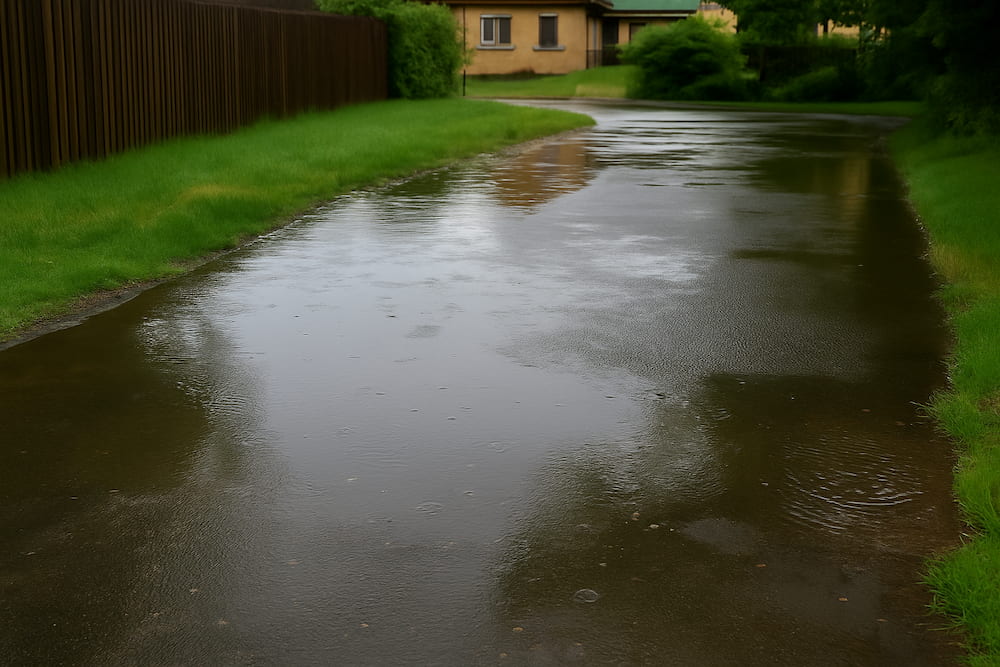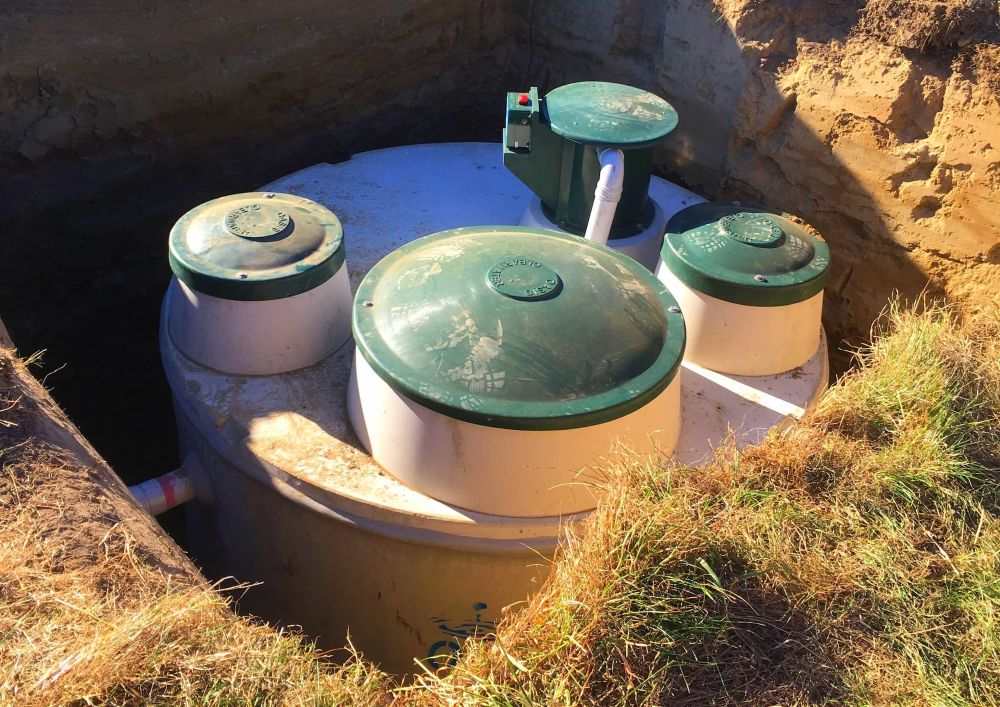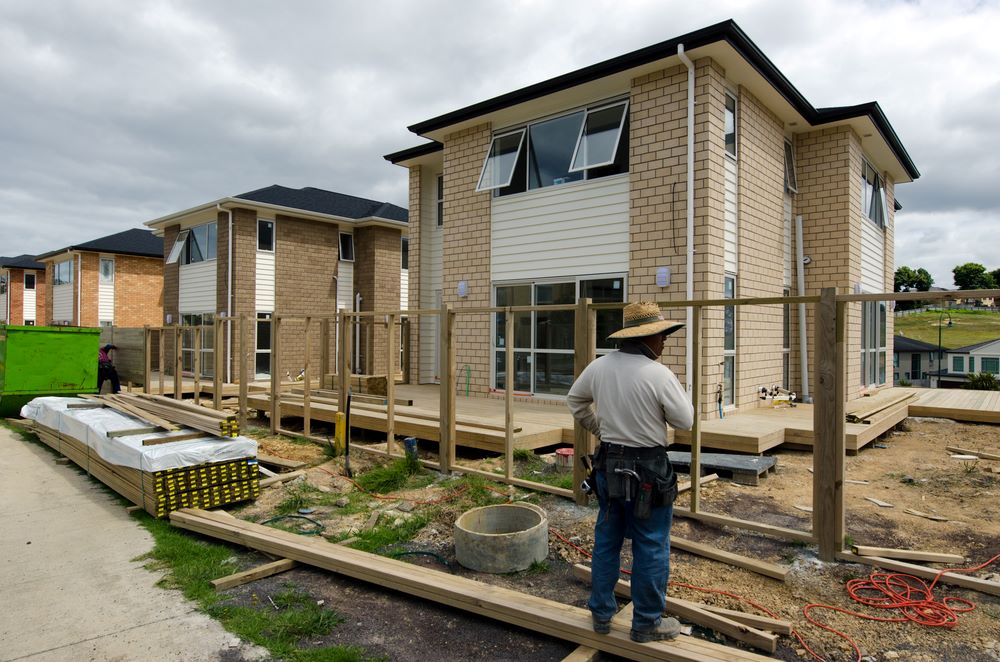When heavy rain hits, many homes in Porirua struggle to cope with the run-off. Between ageing infrastructure, blocked drains, and rapid urban development, stormwater issues are more common than most people think. If you’ve noticed water pooling around your section or slow drainage after wet weather, there’s a good chance your system is under pressure.
In cases like these, it helps to speak with plumbers who know the local landscape and how the terrain affects run-off. Local knowledge makes a real difference when it comes to drainage patterns and ground conditions.
Key Takeaways
- Blocked or inefficient stormwater systems can lead to flooding, foundation damage, and long-term plumbing issues.
- Many problems come down to poor fall, old pipes, or overwhelmed council infrastructure.
- Regular maintenance and early diagnosis from a qualified plumber can prevent thousands in damage.
- Understanding where your responsibility ends and council oversight begins is crucial.
- Investing in preventative upgrades is more cost-effective than dealing with aftermath repairs.
What Causes Stormwater Drainage Problems?
Poor Ground Fall and Landscaping Issues
Water follows gravity. If your section is poorly graded or if landscaping has altered the natural fall, stormwater may end up heading straight toward your foundations or a neighbour’s property. Over time, this can cause erosion, subsidence, or even legal disputes. Homes on slopes or near retaining walls are particularly at risk. In new subdivisions, rapid landscaping changes can also disrupt original drainage plans and redirect run-off into unintended areas.
Blocked or Collapsed Drains
Tree roots, silt, and debris are the usual suspects. In older suburbs, it’s not uncommon to find cracked or collapsed clay pipes that let in roots or trap sediment. After a downpour, these partial blockages become full blockages, sending water back up the line or spilling out onto your lawn. Collapsed drains often go unnoticed until the first signs of flooding. Blockages can also result from fat, soap, or debris build-up further along the system, especially in households where kitchen and stormwater drainage have crossover points.
Council vs Private Responsibility
Not everything is the council’s job. In Porirua, homeowners are responsible for maintaining the drains within their property boundary. The council maintains public stormwater systems, but if the problem starts inside your boundary or connects improperly to the public system, it’s on you to fix. Knowing this early can save time and confusion. Misunderstandings in this area can delay necessary repairs, especially during periods of widespread rainfall when council services are already stretched.
Why Stormwater Issues Are Worse in Older Suburbs
Legacy Infrastructure Can’t Keep Up
Many older homes were built with clay or concrete pipes laid decades ago. These materials are more prone to cracking and shifting over time, especially under driveways or heavily planted areas. Newer developments often have PVC systems with better capacity and fewer jointed sections, but most of Porirua’s housing stock still relies on dated infrastructure. Clay pipes also lack the flexibility needed to withstand soil movement and tree root pressure, making them a weak point in older drainage networks.
Increased Rainfall and Urban Run-off
With more sealed surfaces, driveways, patios, and footpaths, there’s less ground for rain to soak into. Porirua also gets its fair share of heavy rain, and the combination means more water heading into systems that weren’t designed to handle the volume. It’s a classic case of infrastructure lagging behind development.
Infill housing and backyard builds add to the problem, concentrating run-off into spaces that used to absorb it.
How to Spot Early Warning Signs
Water Pooling or Overflow After Rain
If puddles linger on your lawn, near your downpipes, or around low-lying areas, it’s worth investigating. Surface pooling can mean your drains are slow, blocked, or not taking water where they should. Over time, pooling can soften the soil under paths and slabs, leading to cracks or uneven ground. You might also notice moss growing in areas that should be dry. That’s another sign of prolonged damp conditions.
Gurgling Sounds or Slow Drainage
If your downpipes or stormwater grates gurgle during or after rain, or if water hangs around longer than it should, you’re likely dealing with a partial blockage or air pressure issues caused by poor pipe layout. These signs often precede full blockages or pipe collapse. A subtle drop in water flow during heavy rain can also indicate that your stormwater system is backing up under pressure.
If you want a broader guide to recognising drainage problems before calling in a drainlayer, check out our article on how to spot drainage problems early.
What to Do (and Not Do) When You Notice an Issue
Don’t Try to Jet Blast or Dig Without Diagnosis
High-pressure water blasting might clear a blockage temporarily, but if there’s an underlying break, it can worsen the damage. Likewise, digging without knowing the layout risks hitting power or telecom lines. A proper assessment should always come first: CCTV inspections are the standard. A detailed inspection provides both a clear view of the issue and a map of the pipe layout, helping avoid accidental damage during repair.
Get a Qualified Plumber Involved Early
A local plumber with stormwater experience will use pipe cameras and locators to find the problem without guesswork. They’ll know Porirua’s soil conditions, council regulations, and typical failure points. Early involvement means faster fixes and fewer surprises. The plumber can also assess compliance with current codes, identify whether any work needs consent, and advise on cost-effective repairs that won’t require full excavation.
Long-Term Solutions to Prevent Drainage Problems
Install or Upgrade Soak Pits and Channel Drains
Modern drainage design is all about managing flow before it becomes a problem. Soak pits let water seep into the soil gradually, while channel drains along driveways or patios redirect run-off efficiently. These options can be retrofitted to most properties. Properly sized soak pits must account for soil absorption rates and anticipated storm volumes, which vary significantly across Porirua’s hills, flatlands, and reclaimed areas.
Regular Gutter, Downpipe, and Drain Maintenance
One of the most effective ways to prevent stormwater issues is regular cleaning. Leaves, moss, and sediment build up quickly in high-rainfall areas. A maintenance plan, especially before winter, keeps your system clear and extends its life.
Most blockages start small. In addition to gutters and downpipes, it pays to check driveway channels and yard grates, which often go ignored and can become breeding grounds for weeds or pests if left untouched.
When to Involve Porirua City Council
The council is responsible for maintaining public stormwater networks, including street drains and main lines. If your issue relates to water backing up from the road or failing to drain from council land, it’s worth logging a request. For everything within your boundary, it’s your responsibility.
The Porirua City Council website outlines where the line is drawn. In disputed cases, a licensed plumber can provide documentation that supports a claim for council responsibility.
Avoiding Costly Mistakes with the Right Advice
One local homeowner in Titahi Bay ignored slow drainage and occasional overflow for months. When a heavy storm hit, their entire lawn flooded and water seeped into the subfloor. The fix involved excavation, new pipe runs, and waterproofing: A $9,000 job that could’ve been avoided with a $300 inspection. Cases like this aren’t rare.
Stormwater systems aren’t exciting, but they’re critical. And like most plumbing issues, the earlier you deal with them, the cheaper they are to fix. Working with a plumber who understands local conditions can mean the difference between a quick repair and a major overhaul.
Planning upgrades before the next downpour is one of the smartest investments a homeowner can make. Don’t wait until the water’s already rising.


